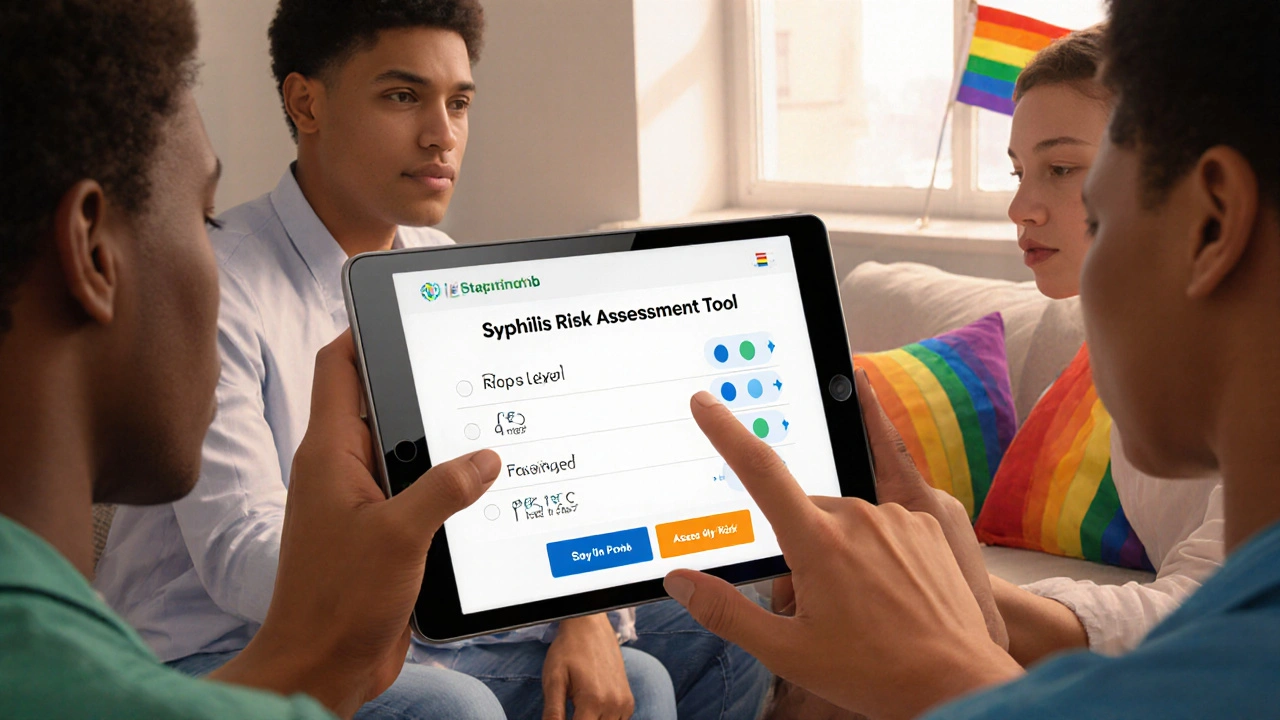
Syphilis Risk Assessment Tool
This tool helps you understand your risk level for syphilis based on your sexual behaviors and lifestyle factors. It's designed to encourage proactive health decisions and regular testing.
Enter your details and click "Assess My Risk" to see your personalized risk level.
Recommendations Based on Your Risk Level
- Low Risk: Annual testing is recommended.
- Moderate Risk: Consider testing every 3 months.
- High Risk: Regular testing (every 3 months) and consultation with a healthcare provider are advised.
Key Takeaways
- Syphilis rates remain significantly higher among gay, bisexual, and transgender men compared to the general population.
- Stigma, limited culturally‑competent services, and insurance gaps are the top barriers to timely diagnosis and treatment.
- Community‑driven testing, telehealth, and provider education can close the care gap.
- Know where to find low‑cost or free testing, how to talk to clinicians, and which resources support you.
Current Landscape of Syphilis in the LGBTQ+ Community
When Syphilis is a bacterial infection caused by Treponema pallidum that spreads primarily through sexual contact and can be passed from mother to baby during pregnancy, untreated infection can progress through stages that damage the heart, brain, and other organs.
In the United States, the CDC the Centers for Disease Control and Prevention, the leading public‑health agency tracking sexually transmitted infections reported 23,000 cases of primary and secondary syphilis in 2023, a 27% rise from 2022. Men who have sex with men (MSM) accounted for roughly 68% of those cases. Transgender women and non‑binary individuals assigned male at birth also show elevated rates, often hidden in broader statistics.
These numbers aren't just numbers-they reflect gaps in outreach, testing, and follow‑up care that disproportionately affect the LGBTQ+ community people who identify as lesbian, gay, bisexual, transgender, queer or other non‑heterosexual orientations. In many cities, localized outbreaks have sparked rapid response teams, yet the underlying drivers remain largely unchanged.
Why the LGBTQ+ Community Faces Higher Risk
Several interlocking factors raise the odds of infection:
- Network dynamics: In tightly connected sexual networks, an untreated case can quickly seed multiple new infections.
- Concurrent sexually transmitted infections: Co‑infection with HIV or other STIs can enhance syphilis transmission and make symptoms harder to spot.
- Limited culturally competent care: When providers lack training on LGBTQ+ health, patients may avoid care or receive inadequate counseling.
Major Barriers to Care
Barriers fall into three broad categories: personal, systemic, and structural. The most salient ones include Stigma social disapproval that discourages people from seeking testing or treatment, cost concerns, and lack of LGBTQ‑affirming providers.
| Barrier | Impact on Care | Evidence‑Based Solution |
|---|---|---|
| Stigma and discrimination | Delays testing, reduces disclosure | Peer‑led counseling, anonymous testing sites |
| Cost and insurance gaps | Limits access to labs and treatment | Free community clinics, Medicaid enrollment assistance |
| Lack of LGBTQ‑affirming providers | Misdiagnosis, uncomfortable encounters | Continuing medical education, provider directories |
| Geographic isolation | Long travel times to testing centers | Mobile testing units, at‑home self‑sample kits |
| Complex follow‑up protocols | Missed treatment courses | Integrated reminder systems, telehealth follow‑up |
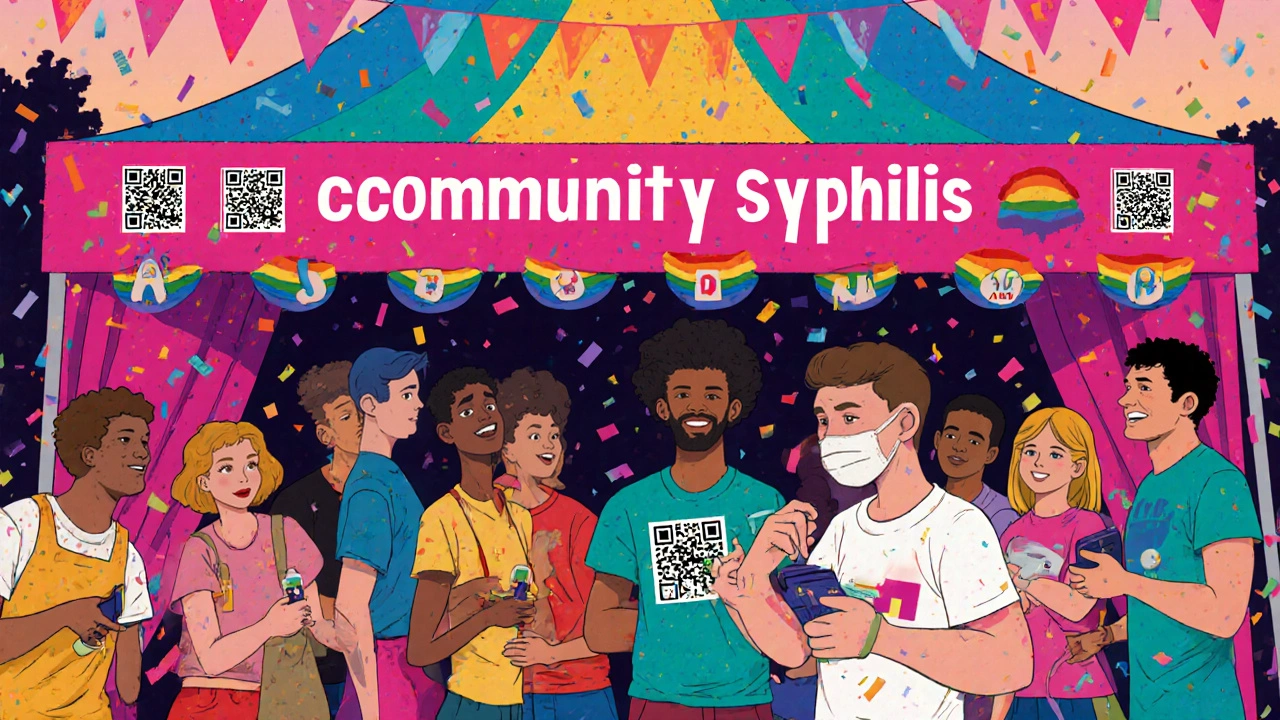
Strategies to Break Down Barriers
Effective change requires coordinated action across public health agencies, community organizations, and individual providers.
Community‑Based Testing
Pop‑up testing events at Pride festivals, bars, and LGBTQ+ centers have proven to increase uptake. Rapid point‑of‑care tests deliver results in 15 minutes, allowing immediate treatment.
Telehealth remote medical services delivered via video or phone, expanding access to care and At‑Home Kits
During the COVID‑19 pandemic, telehealth usage jumped 62%. For syphilis, several labs now accept dried blood spot kits mailed from home, which are especially useful in rural areas.
Provider Education
Training modules that address sexual history taking, gender‑affirming language, and syphilis symptom recognition reduce diagnostic delay by 30% in pilot programs.
Insurance Navigation
Community health workers can guide patients through Medicaid, ACA marketplace, and local assistance programs. In New York City, a navigation hotline cut uninsured rates among transgender patients by 18%.
Practical Steps for Individuals
- Know your risk: If you have condomless sex with new partners, consider testing every three months.
- Find LGBTQ‑affirming clinics: Use directories from local health departments or community health centers facilities that specialize in culturally competent care for sexual and gender minorities.
- Ask for a rapid test: Mention “rapid syphilis test” to your provider; the procedure is quick and painless.
- Consider at‑home kits: Order a self‑sample kit, mail it back, and receive results securely online.
- Follow up promptly: If positive, start penicillin treatment within a week and complete the full course.
- Inform partners: Encourage them to test; many clinics offer partner‑notification services.
Resources and Support
Below are trusted sources that provide free or low‑cost testing, counseling, and treatment referrals.
- CDC offers an online Syphilis Fact Sheet and a location finder for testing sites
- Local health department sexual health clinics - Often have sliding‑scale fees.
- LGBTQ+ community health centers provide “one‑stop” services including testing, mental health support, and case management
- National Coalition of Anti‑Violence Programs - Lists hotlines for stigma‑related support.
- Telemedicine platforms with LGBTQ‑friendly policies - Check for prescription‑ready penicillin options.
Moving Forward: What Can You Do?
Whether you’re a patient, a provider, or an advocate, you can help close the gap. Share accurate information on social media, volunteer at testing events, or simply ask your doctor about syphilis LGBTQ testing protocols. Small actions add up to a healthier community.
Frequently Asked Questions
Can syphilis be cured?
Yes. A single dose of benzathine penicillin G usually clears early syphilis. Later stages may need additional doses, but the infection is still curable.
Is there a free test for syphilis?
Many public health clinics and LGBTQ+ community centers offer free rapid tests. Some city health departments also provide at‑home kits at no charge.
How often should I get tested?
If you have multiple partners or engage in condomless sex, testing every three months is recommended. Otherwise, an annual test aligns with most sexual health guidelines.
What if I’m allergic to penicillin?
Desensitization under specialist supervision is the preferred route, because alternative antibiotics are less effective. Discuss allergy testing with an infectious disease specialist.
Can I get syphilis from oral sex?
Yes, though the risk is lower than with vaginal or anal intercourse. Any contact with a syphilitic sore can transmit the bacteria.
16 Comments
Kevin Huckaby
October 4, 2025 AT 12:06 PM
Listen up, folks! The “cultural‑competent” nonsense is just a fancy coat for lazy public‑health bureaucrats who can’t handle a real conversation. 💥💣 If you want results, stop whining about stigma and start demanding free testing at every bar downtown! 🚀🌈
Brandon McInnis
October 5, 2025 AT 07:32 AM
Hey friends, let’s give a huge shout‑out to all the community clinics that keep their doors open late and their staff smiling. 🌟 Their mobile units have turned many a quiet night into a lifesaving testing party, and that kind of love can’t be measured in risk scores alone.
When you see a pop‑up booth at Pride, remember it’s not just a selfie backdrop-it’s a chance to protect yourself and your loved ones.
Aaron Miller
October 6, 2025 AT 02:59 AM
Honestly!!!-the data clearly shows that “behavioural interventions” are merely buzzwords, and we-yes, we-must demand evidence‑based protocols!!!; the CDC numbers are not a joke; they are a wake‑up call!!!; Stop hiding behind “stigma” and start funding real‑world solutions!!!
Roshin Ramakrishnan
October 6, 2025 AT 22:26 PM
Team, let’s remember that the biggest barrier isn’t the virus-it’s the fear that keeps people from walking into a clinic!!!; offering sliding‑scale fees, telehealth consults, and anonymous testing sites can literally save lives!!!; we’re all in this together, so let’s keep the conversation open, supportive, and judgment‑free!!!
Todd Peeples
October 7, 2025 AT 17:52 PM
From an epidemiological perspective, the observed increase in primary and secondary syphilis incidence among MSM warrants an intensified syndromic surveillance framework. 📊 Integrating point‑of‑care rapid assays with electronic health record alerts could optimize case detection latency. 🤖 Moreover, the cost‑effectiveness of community‑based outreach aligns with current health‑economic models.
Chris Smith
October 8, 2025 AT 13:19 PM
Sure, just pop a rapid test in a bar and call it a day.
Leonard Greenhall
October 9, 2025 AT 08:46 AM
The statistical correlation between condomless encounters and elevated risk scores is well‑documented; therefore, routine tri‑monthly screening for individuals reporting multiple partners is warranted. Data from longitudinal cohorts support this protocol.
Abigail Brown
October 10, 2025 AT 04:12 AM
Imagine walking into a clinic and being met with a warm smile, a quick finger prick, and the reassurance that you’re taking control of your health; that moment alone can shift the narrative from fear to empowerment. The community has long shouldered the burden of silence, but each rapid test administered is a tiny rebellion against stigma. When you hear the buzz of a rapid‑test machine, hear it as a drumbeat of progress pulsing through the streets of pride. Knowledge, after all, is the most potent prophylactic we possess, and sharing that knowledge can ripple outward like a stone tossed into a still pond. The data tells us that regular testing every three months cuts transmission chains dramatically, a fact that should not be buried under bureaucracy. Telehealth platforms have shattered geographic barriers, allowing someone in a rural town to receive a penicillin prescription without a long drive. Even more, at‑home dried blood spot kits have democratized access, turning a bedroom into a testing site. Yet, despite these advancements, the shadow of insurance gaps looms, keeping many from seeking timely care. Navigating Medicaid or marketplace options can feel like solving a puzzle with missing pieces, but community health workers stand ready to guide. The stories of individuals who have faced delayed diagnoses because of cost are heartbreaking, and they underline the urgency of free or low‑cost services. Peer‑led counseling has shown promise in reducing anxiety around testing, turning what could be a solitary ordeal into a supportive group experience. Moreover, culturally competent providers who use correct pronouns and respect gender identities foster trust, a cornerstone of effective care. Let us not forget the power of visibility: when public health campaigns feature diverse faces, they send a message that everyone matters. The rise in syphilis cases is not a fatalistic inevitability; it is a call to action for each of us to advocate, to test, and to treat promptly. In the end, the collective effort of individuals, clinics, and policymakers can weave a safety net that catches infections before they spread.
Crystal Slininger
October 10, 2025 AT 23:39 PM
There’s a hidden agenda behind the “free testing” narrative; big pharma profits from the endless cycle of infection, treatment, and repeat testing. The CDC’s sudden emphasis on community‑based kits coincides with their latest contract with pharmaceutical suppliers. It’s not a coincidence that these programs appear just as new antibiotic patents are about to expire. Keep your eyes open.
Vince D
October 11, 2025 AT 19:06 PM
Quick tip: set a reminder on your phone for quarterly tests if you’re sexually active with new partners.
Camille Ramsey
October 12, 2025 AT 14:32 PM
Yo, stop actin like u don’t know the drill-regular tests are a must, and if u cant afford ’em, hit up a free clinic ASAP!!!
Scott Swanson
October 13, 2025 AT 09:59 AM
Oh great, another “I’m too busy” excuse-just download the app, order a kit, and get it done. If you can scroll past this, you can definitely find five minutes for a test.
Karen Gizelle
October 14, 2025 AT 05:26 AM
Honestly, the biggest problem isn’t the bacteria-it’s the unwillingness of some people to admit they need help. When you finally decide to get tested, you’re doing the right thing, even if you’ve been procrastinating for months.
Stephanie Watkins
October 15, 2025 AT 00:52 AM
Could you clarify whether at‑home kits have the same sensitivity as clinic‑based rapid tests? Knowing the accuracy helps people decide which option fits their situation best.
Zachary Endres
October 15, 2025 AT 20:19 PM
Let’s celebrate every time someone steps up for a test-it’s a victory for the whole community, a bright spark lighting the path toward a healthier future.


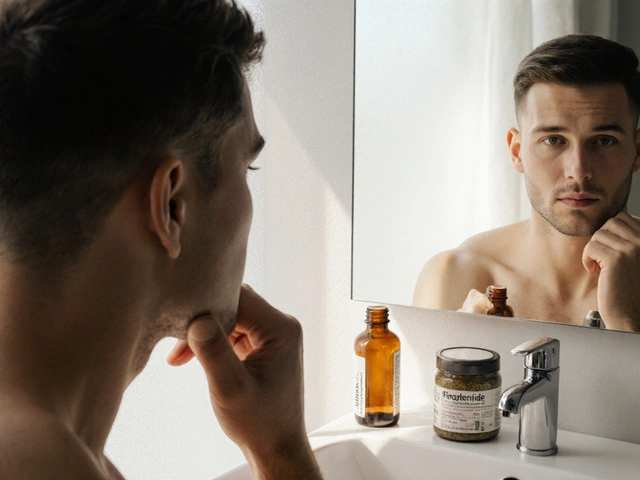
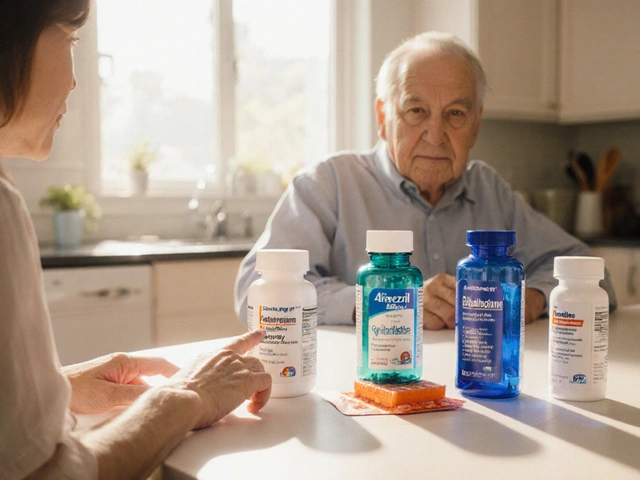
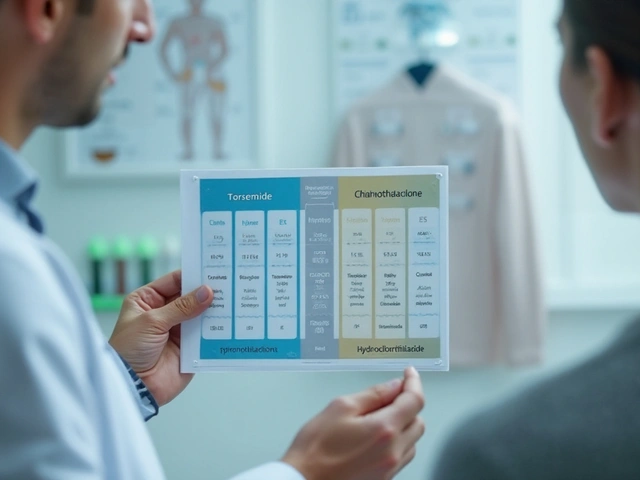

Andy Jones
October 3, 2025 AT 16:39 PM
Oh, because everyone obviously knows that “just one more condom‑less hook‑up” won’t affect community health statistics. In reality, the transmission dynamics are eerily simple: the more partners you have without protection, the higher the risk score climbs. If you’re not already testing every three months, you’re practically signing a petition for the next outbreak.